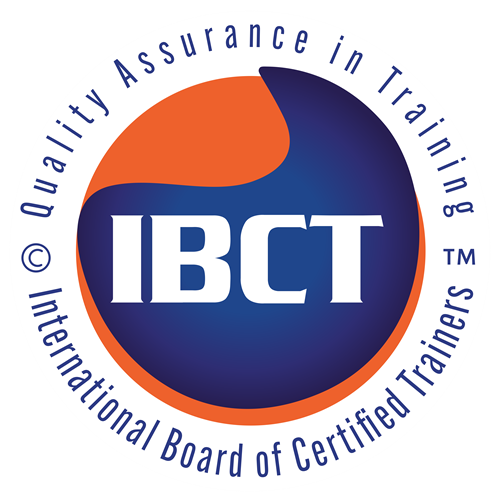Learning facts is straightforward, but mastering soft skills requires a deeper level of engagement. It involves not only memory but also the integration of senses, body, and extensive practice. Learn more about soft skills development in this article.
In the realm of learning, facts can be easily grasped, but mastering soft skills demands a deeper level of engagement. It involves not only memory but also the integration of senses, body, and extensive practice. Recently, I stumbled upon an insightful post on LinkedIn (after Kraaijenbrink) that introduced me to the 4E Model of Soft Skill Development. Intrigued by its potential, I delved deeper into the concept, eager to understand its nuances and implications. Now, having gained a comprehensive understanding, I present this article to shed light on how this model can revolutionize the way we approach skill acquisition, with a special focus on the pivotal roles of trainers and trainees.
Click to view the infographic
The 4E Model of Soft Skill Development
An Infographic
Unlock the key to effective soft skill development with our informative infographic on the 4E Model. Dive into the four essential stages – Explanation, Example, Experience, and Exercise – and discover how they synergize to empower trainers and trainees alike. Elevate your interpersonal skills and become a proficient trainer yourself. Explore this dynamic model and revolutionize the way you approach skill acquisition! If you need a high-resolution PDF file of this infographic, please leave a comment below on this page and we will email it to you.
Let’s discuss the 4E Model of Soft Skill Development that will lead to trainers and trainees success.
What is 4E Model?
The 4E Model of Soft Skill Development
E1. Explanation (Listen)
At the heart of soft skill development lies the need for a conceptual understanding. The initial step, Explanation, involves the trainer providing a thorough explanation of the soft skill, encompassing its underlying theories, processes, and the rationale behind specific practices. This phase lays the foundation for the trainee, offering them a theoretical framework upon which they can build practical applications.
E2. Example (See)
Moving from theory to application, the Example phase bridges the gap between conceptual knowledge and practical implementation. Through demonstrations, videos, stories, or other forms of illustrative content, the trainer provides tangible instances of the soft skill in action. This visual representation enhances the trainee’s comprehension, offering a real-world context for the skill they’re acquiring.
E3. Experience (Feel)
A pivotal aspect of soft skill development is the ability to empathize and connect with others. In the Experience phase, the trainee shifts from being the “subject” to the “object” of the skill. They step into the shoes of a coachee, client, or patient, experiencing firsthand what it’s like to receive the skill’s application. This immersive approach fosters a deeper understanding and appreciation for the interpersonal dynamics involved in soft skill mastery.
E4. Exercise (Do)
True mastery comes from hands-on practice. In the Exercise phase, the trainee takes center stage, becoming the active agent in applying the skill. Through a process of learning-by-doing, they put into practice what they’ve learned, refining and honing their abilities. This experiential learning solidifies the skill, turning it into second nature for the trainee.
Reciprocal Learning: From Trainee to Trainer
An intriguing aspect of the 4E Model is the cyclical nature of learning. As the trainee progresses through the phases, they eventually transition into the role of the trainer. This reversal occurs when the trainee themselves takes on the responsibility of providing explanations, examples, guiding experiences, and leading exercises. This transformative process not only reinforces their own understanding but also empowers them to share their knowledge with others.
Flexibility in Sequence
While presented sequentially, the 4Es are not bound to a rigid order. Variability is encouraged, allowing trainers to tailor the learning experience to suit individual needs. Starting with an example or an experience can sometimes be more effective, providing a fresh perspective on the skill being developed.
The Crucial Element: Activation of Different Learning Modes
The essence of the 4E Model lies not in the sequence of events, but in the recognition of the unique learning modes it activates. By encompassing explanation, example, experience, and exercise, this model engages various facets of cognition and application, ensuring a comprehensive and dynamic learning experience.
Akin to Kolb’s Experiential Learning Model
For those familiar with Kolb’s model of experiential learning, similarities between the two are apparent. However, the 4Es distinguish themselves by incorporating learning from examples and undergoing experiences, in addition to hands-on application.
A holistic approach
Final Thoughts
The 4E Model of Soft Skill Development offers a holistic approach to learning, recognizing the multi-dimensional nature of skill acquisition. By encompassing explanation, example, experience, and exercise, this model empowers trainers and trainees to not only master soft skills but also become proficient trainers themselves. With its flexibility in sequence and activation of diverse learning modes, it stands as a robust framework for effective skill development. Embracing the 4Es opens the door to a transformative learning journey, paving the way for enhanced interpersonal abilities and professional growth.

Join Now
The world’s most powerful and popular train-the-trainer program. Be part of the most empowered HRD community across the globe.



Deep and excellent article
Thanks for your nice comment.